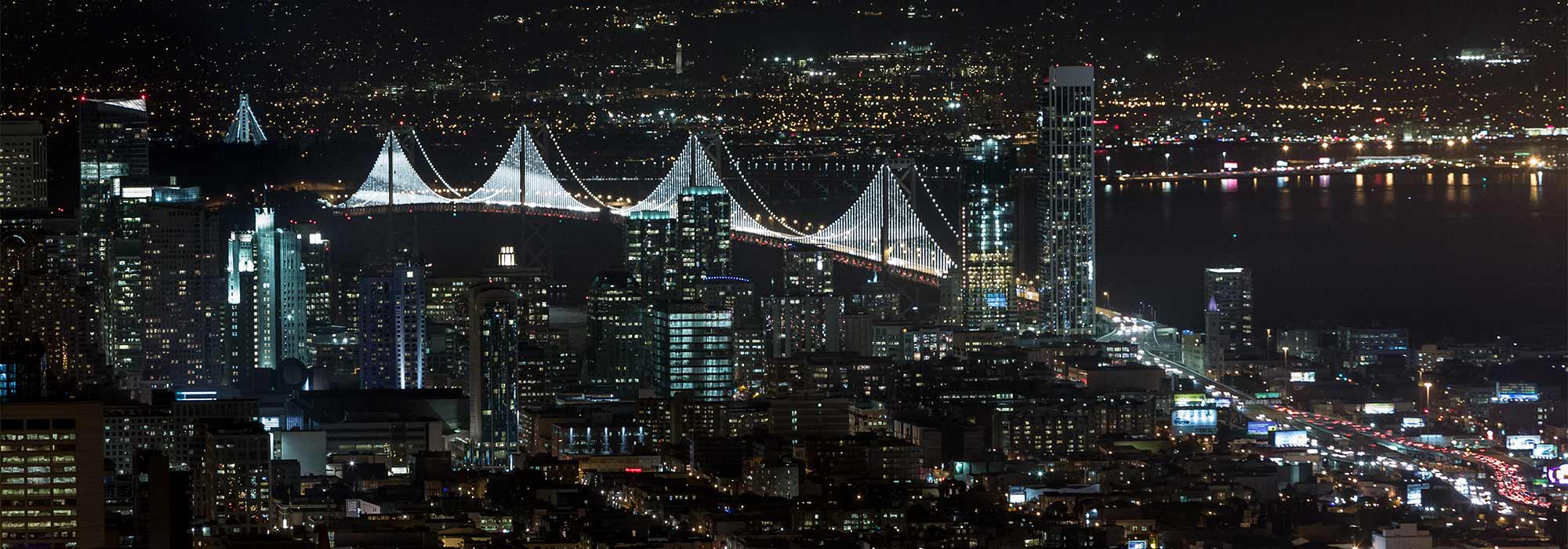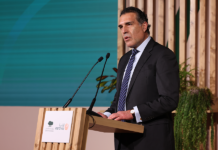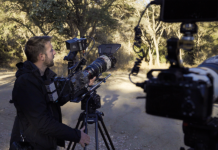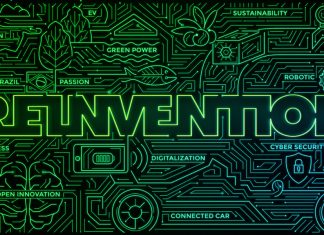At the request of Uppsala’s municipal government, and working alongside design consultancy Bjerking, Philips Lighting installed its connected LED street lighting and Philips CityTouch LED management system along with color architectural lighting in Tegnerparken to brighten up the night.
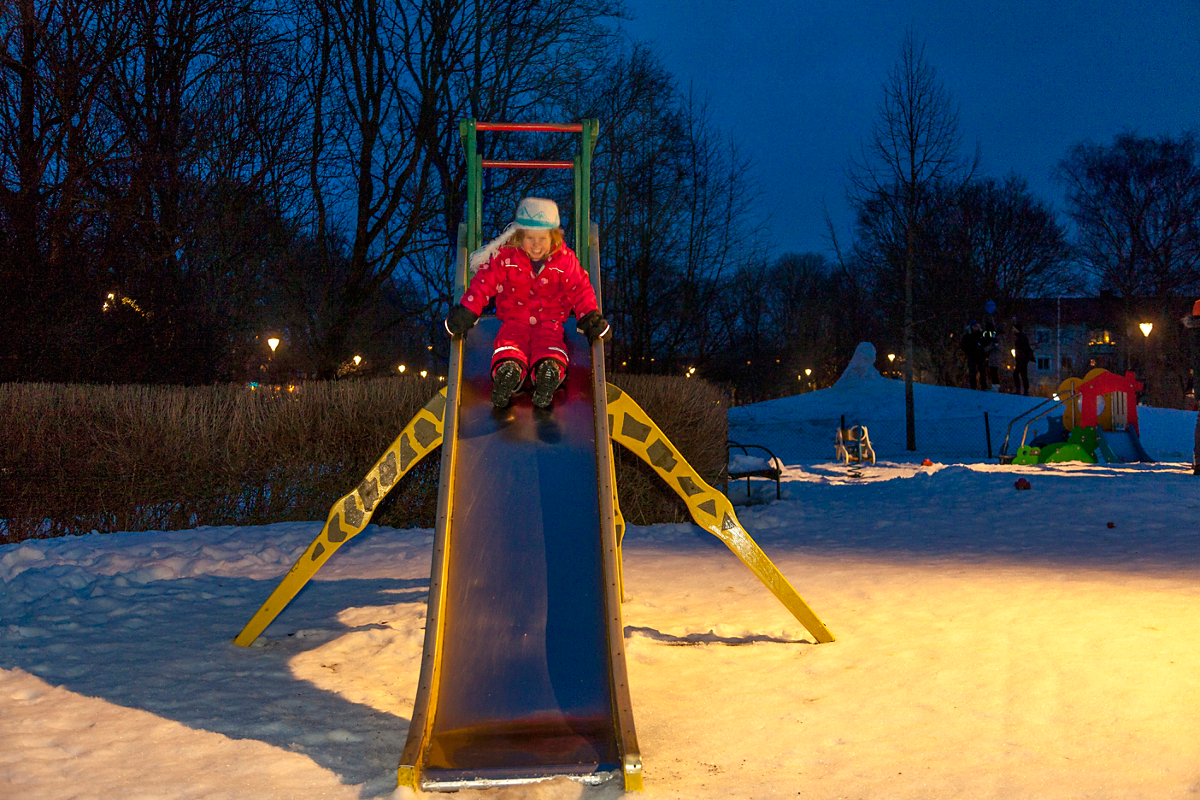
“Together, we created a whole different park,” said Per-Erik Johansson, who works for Uppsala’s municipal government. “It’s like the difference between night and day.”
Spun off from its parent company, Royal Philips, and separately listed on the Amsterdam stock exchange in a $3.3-billion IPO in May, Philips Lighting has been a global leader in illumination for 125 years. At first a pioneer in electric lighting and now in high-quality, energy-efficient LEDs, Philips Lighting is committed to developing connected lighting systems that focus on improving people’s lives.
Located an hour north of Stockholm and seven degrees south of the Arctic Circle, Uppsala enjoys long, light days in its short summer, but equally lengthy, dark nights during the long winter. City officials saw how much time people spent in Giraffe Park in summer and wanted to give residents, especially children who attended kindergarten and lived nearby, an incentive to venture outdoors in the darker months of the year.
Rather than relying on conventional floods, Philips’ smart lighting solution uses colored spotlights to emphasize playground equipment and make the park feel warm and welcoming, contrasting light and dark to appeal to the emotions of the young. At the same time, area lighting on pathways makes the park safer, allowing parents to relax as their children play.
“Light has a strong impact on how you feel,” explains Bram Joosen, senior concept business architect at Philips Lighting. “It can change your lifestyle tremendously. We can achieve the same type of thing in cities by using lighting in a smart way in the future to improve the lives of citizens.”
In November 2015, Los Angeles became the first city worldwide to install Philips smart poles—connected LED street lighting that integrates small-cell 4G, LTE wireless technology from Ericsson—to add capacity to telecommunications networks. Los Angeles was already the first American city to introduce Philips CityTouch to manage its street lighting system, but embedding sensors in street lights and the arrival of smart poles take urban connectivity a giant leap further, becoming the digital backbone upon which to build IoT platforms in the future.
“We are looking at how to use technological innovation to improve life in cities,” Joosen insists. “Our connected lighting infrastructure provides potential sensor points every 20-30 meters. We are not working alone. We are building key partnerships with different verticals and technology partners to enable a sensing network that can measure air quality, noise levels, cameras, and much more. Connected lighting infrastructure provides a grid of information that is locally relevant, serving both cities and their citizens. The potential is staggering.”![]()
